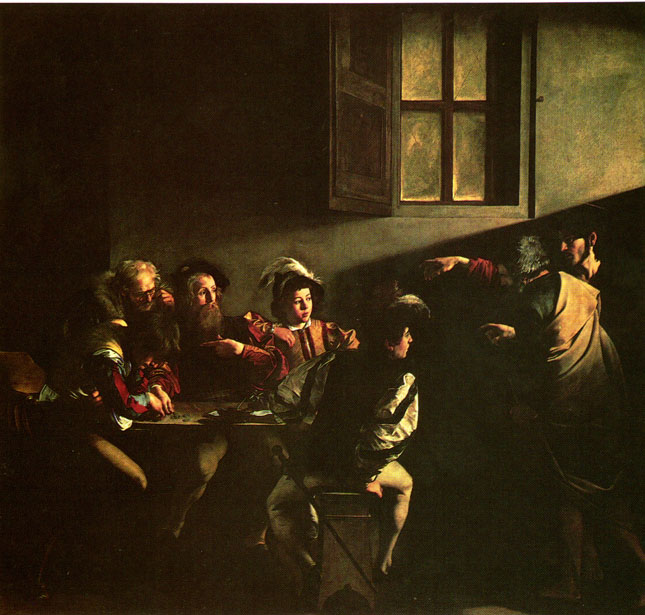
| Baroque Painting | Characteristics |
| 1 | Making dramatic use of light and shade (chiaroscuro) |
| 2 | The parts fit well to the whole |
| 3 | Opulent oramentation and exaggerated emotions |
| 4 | Emphasizing feeling rather than form, emotion rather than intellect |
| 5 | Exaggeration, ornamentation, passion, and conflict |
2. The parts fit well to the whole
3. Opulent oramentation and exaggerated emotions
4. Emphasizing feeling rather than form, emotion rather than intellect
The seventeenth century was a period of relative stability. With the stability came an age with a new artistic style, the baroque, which reflected the characteristics and concerns of its age and acknowledge the presence of middle-class patronage in addition to that of the church and the nobility. Painting appealed to the emotions and to a desire for magnificence through opulent ornamentation, but it also adopted a systematized and rational composition in which ornamentation as unified through variation on a single theme. Color and granddeur were emphasized, as was dramatic use of light and shade.
I. The counter-reformation
In Rome, the center of early baroque, papal patronage and the Counter-Reformation spirit brought artists together to make Rome the "most beautiful city of the entire Christian world."
II. The visual arts in the Baroque period
I. painting in Rome
A. Caravaggio (1569-1609): was probably
the most significant of the Roman baroque painters.
1. The Calling of St. Matthew

2. The Matyrdom of St. Matthew
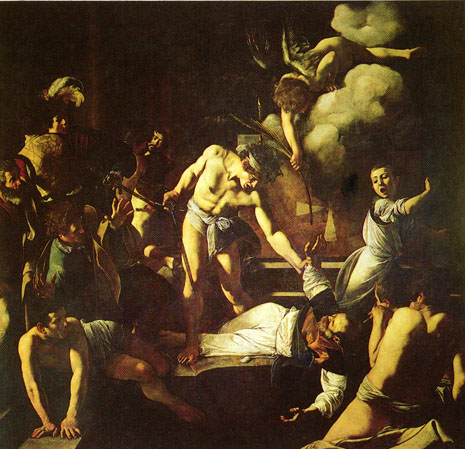
3. Modonna and the beggars
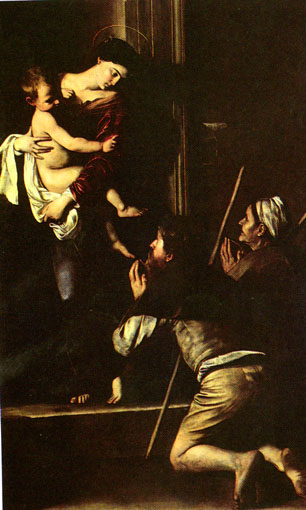
B. the Carracci
C. Caravaggio's Florence followers
1. Orazio Gentilschi: (1563-1639)
II. Artemisia Gentileschi (1592-1652)
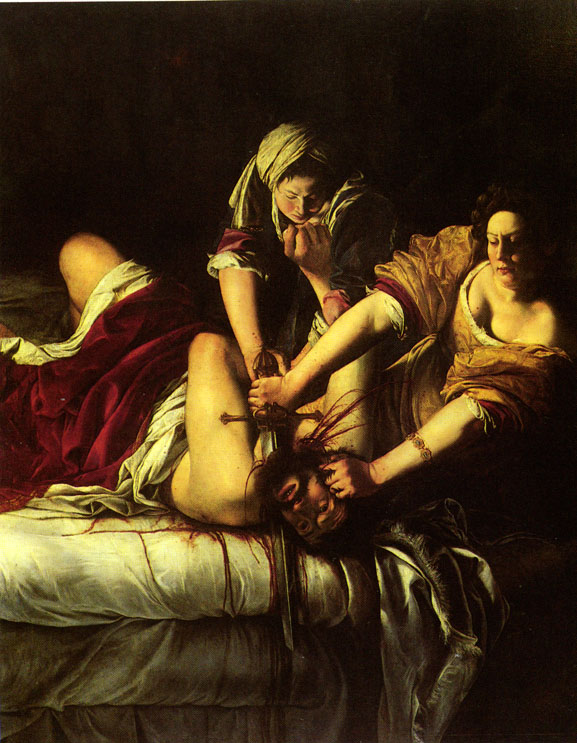
II. Roman Baroque sculpture and architecture:
A. Bernini (1598-1680)
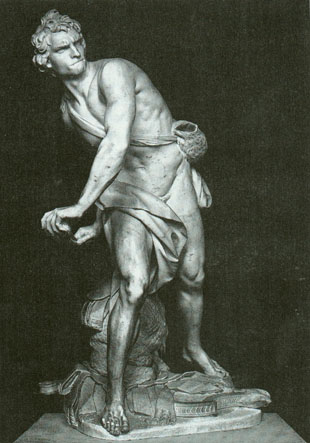
B. Francesco Borromini (1599-1667)
III. Baroque art in Fance
A. George de la Tour (1590-1652)
B. Nicolas Poussin c. 1593-1665)
C. Hyacinthe Rigaud (1659-1743)
IV. Baroque art in Spain
A. El Greco (1541-1614)
B. Diego Velazquez (1599-1660)
V. Baroque art in northern Europe: Flamish painters
A. Paul Rubens (1577-1640)
B. Anthony van Dyck (1599-1641)
C. Frans Hals (c. 1580-1666)
D. Jan Vermeer (1632-1675)
E. Rembrandt van Rijn (1606-1669)
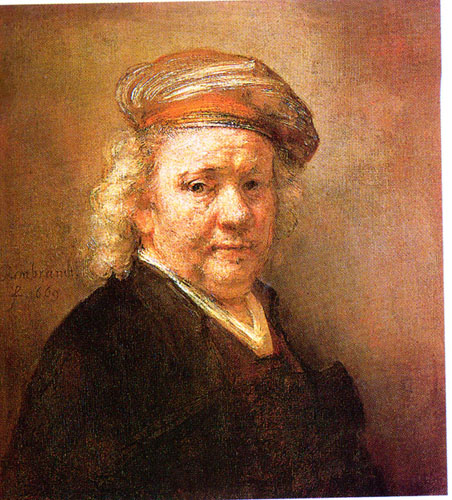
VI. Baroque music
A. J.S. Bach (1685-1750)
B. Georg Frideric Handel (1685-1759)